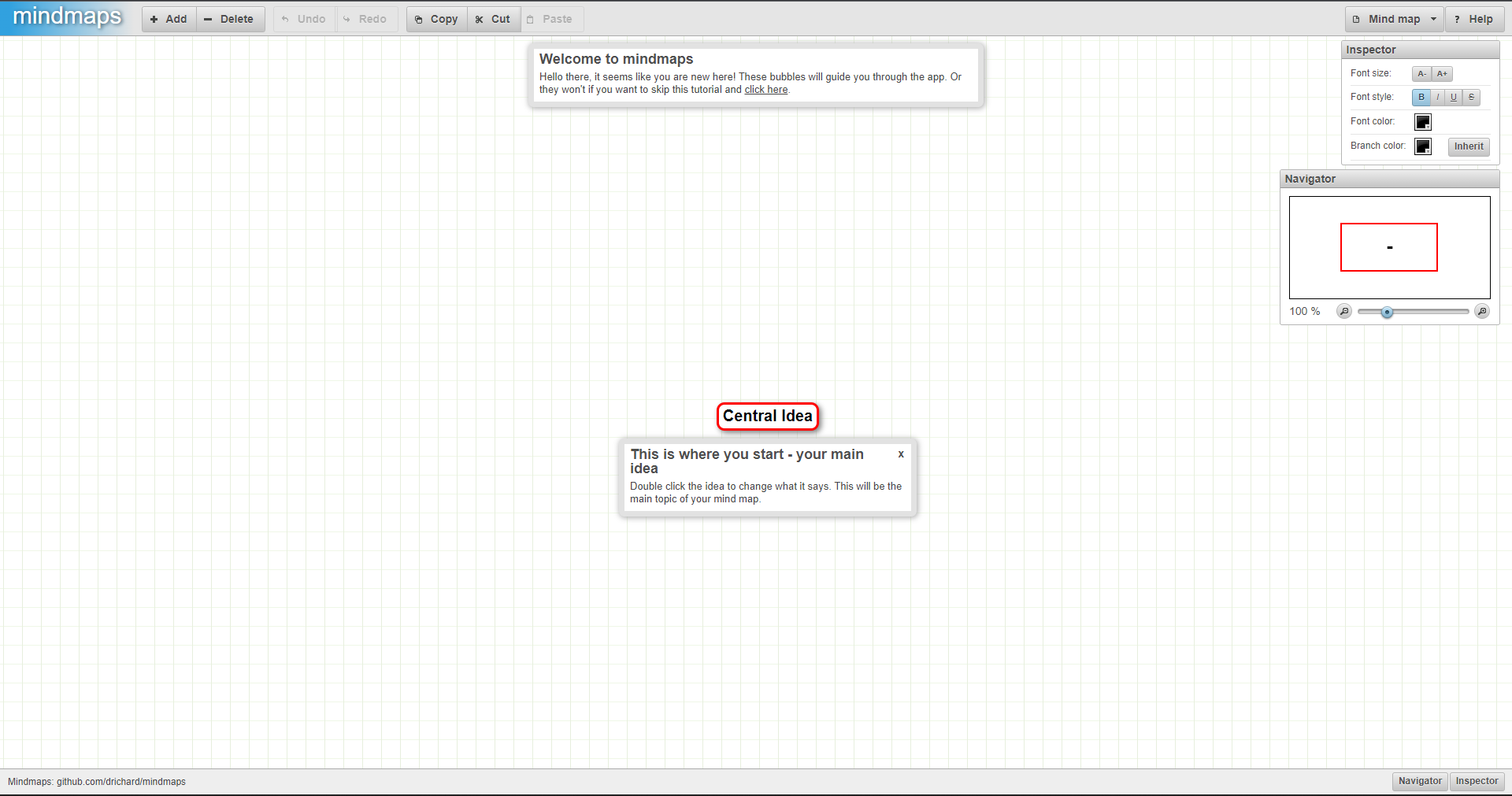Data is everywhere
Did you know?

Did you know that during the 2021-2022 NBA season, the average height of NBA players was about 6'6 inches, or 198.6 cm tall?
Are you ready to learn about data analysis? Let’s begin!
Data appears on your television and computer screens, in advertisements, on radio news reports, in newspapers and magazines, and on websites. You have to deal with streams of data at work, and then again when you get home. The ability to assess the accuracy and relevance of data is one of the most important skills to possess in the Information Age.
Where do you encounter data in your life? Why may data be relevant to sports?
Try it!
A player should notice and interpret data and information. What kind of data can be found in a basketball game, and why would a player need to consider it?
Record your ideas in the following mind map provided or in another method of your choice.
The following interactive is functional on desktop only.
Press the Start button to access the following interactive. This interactive will open in a new window.
Data analysis
Rudy Gobert
Some games I'm going to get more blocks or they're going to do more mistakes and give up more baskets but some games I get zero blocks and I affect 20 shots.

Rudy Gobert, #27 of the Minnesota Timberwolves (2023), dunks between Nikola Jokic, # 15 of the Denver Nuggets (2023), and Jamal Murray, #27 of the Denver Nuggets, April 23, 2023.
You’ve probably encountered the word ‘data’ before, but do you know what it means?
Definition
Data
Data is a collection of values or observations. When carefully analyzed and interpreted, information can be found from data. Data is used to represent, analyze, make predictions, and provide insight into real-life situations.

If data is a collection of information, how do people interpret that information to make it useful?
A coach may use data to make the best use of a team’s players, or to decide where to spend extra time practicing. A team’s office may collect and organize data that shows the impact of advertising strategies on game attendance.
Without thinking about it, players are tracking the position and direction of nine other people on the court in relation to the nets and lines, and interpreting that data to decide on the best action to take.
Data analysis skills
Press the following tabs to learn more about data analysis skills.
Finding and recording data is the first step towards useful data analysis.
Who decides what gets observed?
An analysis is discovering patterns in the data, making note of trends, and making predictions based on the data.
You could choose to analyze points per minute, patterns in passing, fouls—it’s up to you!
Modeling is creating mathematical formulas that can be used for predicting.
For example: x gets y points in their first year, how many will they get next year?
We can communicate the data by creating images, equations, and text that share information with another audience. When presenting data to an audience, the method of presentation is an important point to consider.
Graphing data
Data is everywhere, and to fully understand and interpret data you may consider graphing your data. Graphing is an effective way to identify patterns, or trends, in collections of data.

Scatter plots
Scatter plots are a great way to interpret data at a glance, and to identify patterns or trends by determining if there is a relationship between two categories of data.
The following activity will focus on representing data through scatter plots.
Try it!
As you continue to build your critical thinking skills by analyzing the following graphs, you are better able to determine the logical validity of different trends. This is an important skill in a data rich world.
For each of the following questions, select the correct answer from the options provided. Then, press Check Answer to check your understanding.
Take a moment and reflect on your learning!
Analyzing data
Now that you understand linear slopes and trends, observe the following graph that depicts effectiveness of a professional league of basketball players per time on the court:

The results of the graph suggest that players score more points when they spend more minutes on the court.
Think
When analyzing data, there could be other factors involved. These need to be considered when analyzing data.
What other factors could indicate a player's effectiveness?
Outlier
There is one outlier in the collection of data. An outlier is a data point that does not fit in with a clear trend present in the rest of the data.
Based on the categories presented in the previous graph, what could account for the outlier?
NBA Moment
The lowest scoring NBA game took place in 1950 between the Fort Wayne Pistons and the Minneapolis Lakers; the Pistons beat the Lakers 19-18.
Types of data
Primary data is data that you, yourself, measure and collect. Perhaps you watched a player shoot a ball 50 times and recorded the results, or independently recorded the average shoe size of five shooting guards.
The key to primary data is that you can describe how it was recorded, including any limitations to your data.

Secondary data, or data from a secondary source, is data that someone else collected and you read. If your friend made 10 shots on net, recorded the results, and passed the results to you, you would be dealing with secondary data. If an internet polling company conducted a survey and published the results on their website, again, this would be secondary data.
Explore this!
Check out the following video in which mathematicians use data to determine why modern NBA players seem to take more shots from the three-point line.
Did anything surprise you about the data?
You may record your thoughts in a method of your choice.
Practicing skills

Sports like basketball are rich in data. By being able to analyze a collection of data, you can make informed decisions and deductions about what the data represents.
Try it!
Typically, basketball players are tall. That means tall players score more points more often...right?
Explore the following graph that determines the relationship between player height and points scored per game.

- What does the graph tell you about the relationship between player height and points scored? Is there a correlation?
- What other factors may be present in trying to determine a player’s effectiveness in basketball or any other sport?
Record your ideas in a method of your choice.
Excellent work! You’ve learned a lot about how data is collected and analyzed and why it’s important in life as well as in sports. You deserve a break!



